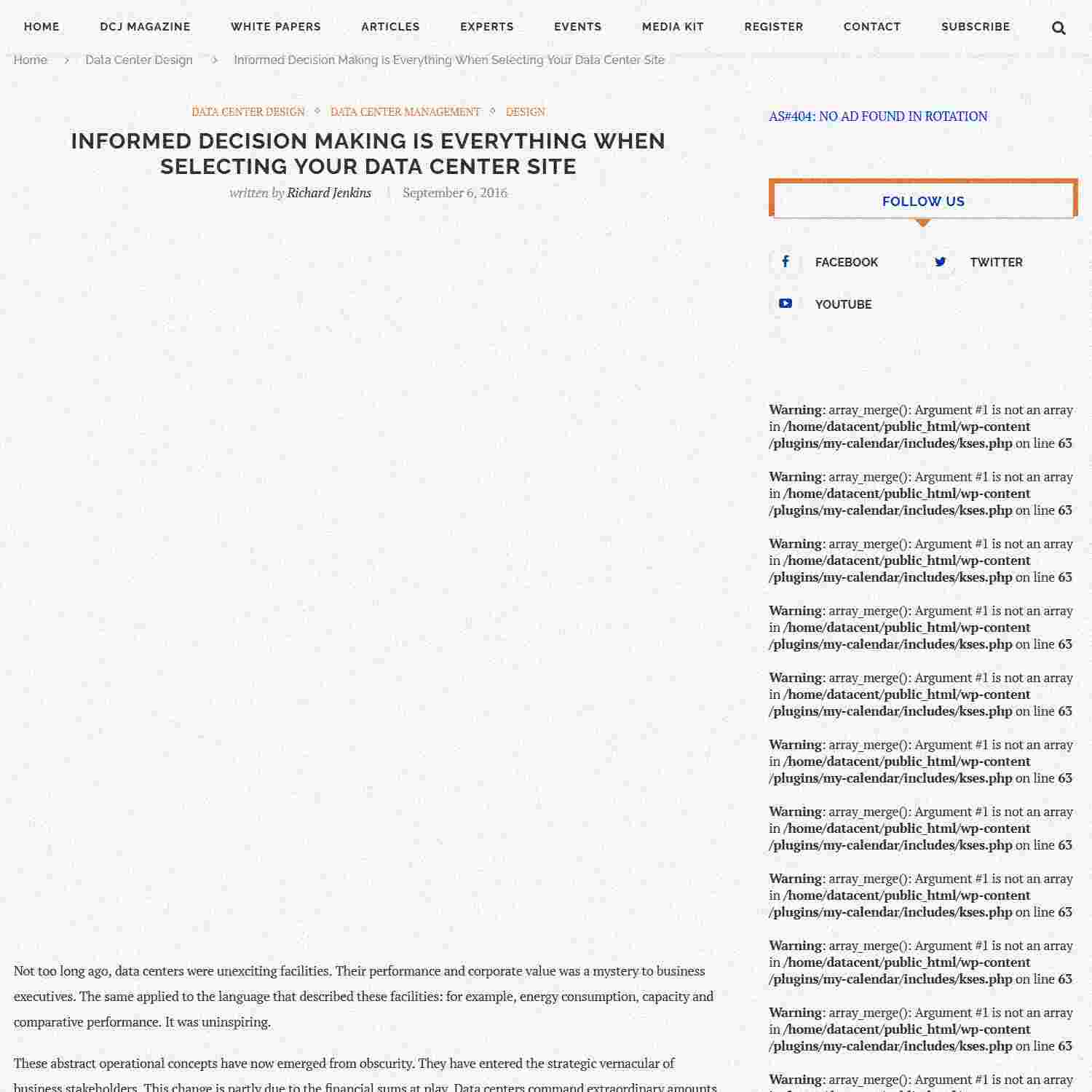Informed Decision Making Is Everything When Selecting Your Data Center Site
Did you know...
Zayo Group's data centers cover 21 states of the USA's states, including a presence in New York, Chicago, and Philadelphia. We have found 88 fiber routes fiber routes that Zayo Group's facilities are close to.

